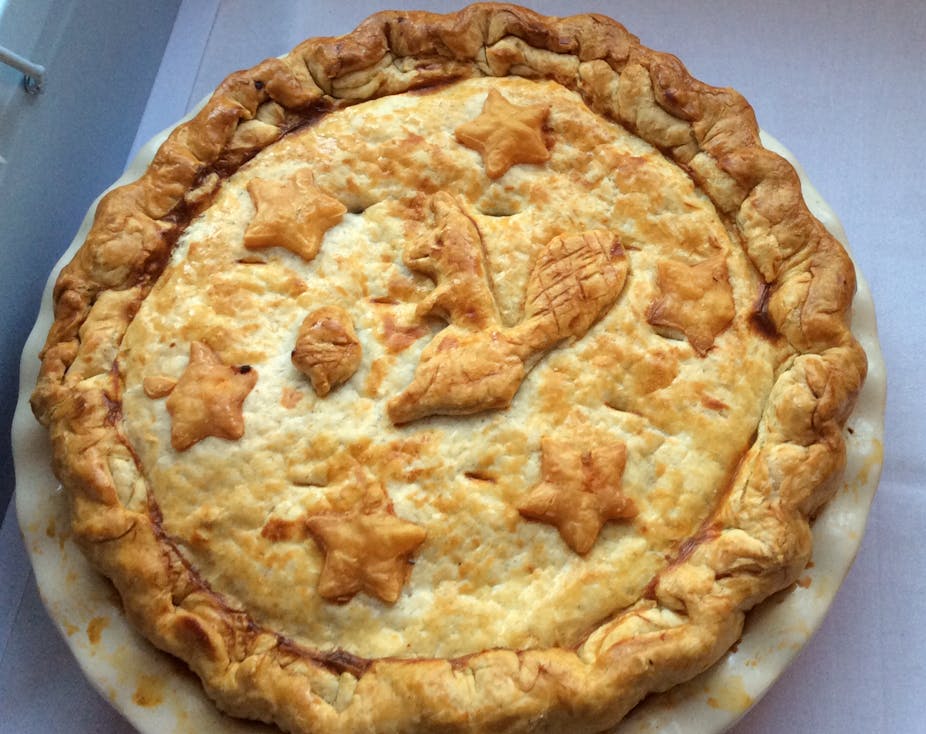Prince Charles is among those repeating their calls for an organised cull of grey squirrels in Britain as a way of helping the declining native red squirrel.
Despite being larger and stronger than their red cousins, living in denser numbers and out-competing red squirrels for the same food, it is predominantly the virulent squirrelpox disease that greys carry that has driven red squirrel populations from all but a few areas in northern England and Scotland. A recent paper on conservation management by Andy White at Heriot-Watt University in Edinburgh and colleagues uses red and grey squirrels as a case study, arguing for better control in cases of invasive species whose effects are disease-driven.
Another useful study by Pia Schuchert at the University of Newcastle and colleagues examines grey squirrel control over 13 years between 1998 and 2010, and finds that typically they were effective in bringing down grey squirrel numbers, and also lowering the numbers that carried squirrelpox.
With Prince Charles keen on organic food and support for local butchers growing, no doubt he’d approve of putting this squirrel bounty to some culinary use. As we did, at the sixth annual squirrel cook-off in the Six Bells pub, near Cambridge, with 23 dishes of grey squirrel snacks. The dishes reflected the very different directions of the cooks: curried Bollywood squirrel, squirrel in filo pastry, squirrel pie, squirrel eggs in a nest, and the winning dish of squirrel sausages.

Using legally trapped or shot grey squirrels as food has been in vogue for a few years now, a trend picked up back in 2008 when the Guardian newspaper proposed squirrel as “the ultimate ethical meal”.
Being a food science and nutrition lecturer who is involved in and teaches food culture, I am not averse to eating a whole range of different animals for food, if humanely killed. Grey squirrels have the advantage of being low in fat, low in food miles – an estimated five million in Britain and counting, available almost everywhere – and obviously entirely free range.
As a culinary experiment last year a friend presented me with two squirrels which I skinned and gutted and cooked in two different ways. The first was as a red wine, juniper berry and mushroom casserole, which friends pronounced to be too strong and gamey. This was perhaps due to using the male squirrel – the female used for the favoured dish of squirrel flamed with brandy and then lightly cooked with cream and hazelnuts, was milder, like a slightly gamey chicken.
So being presented with two skinned and cleaned squirrels in a plastic bag to prepare and cook was not too daunting. To remove any taint a light brine was used and then a marinade of ginger flavoured cider, casseroling with garlic, more cider and thyme. The meat was then removed and added to a roux sauce with mushrooms, cream and hazelnuts, chilled and then used to fill 40 small croustades. It may not have won, but only three were left at the end of the judging and tasting.

But are squirrels any healthier than, say, chicken? The US Department of Agriculture’s National Nutrient Database provides the nutritional content of a very wide range of foods, including various game meats. According to the records, per 100g the squirrel has more protein (31g) and less fat (5g) than roasted chicken (29g and 9g), stewed chicken (27g and 7g), or venison (26g and 8g). In fact only rabbit, at 33g and 3.5g, provides a more protein-rich and low-fat meal.
However, low-fat and high-protein comes with its own drawbacks – the syndrome known as “rabbit starvation” experienced by hunter-gatherers and subsistence dwellers of northern latitudes, and recorded by Arctic explorer Vilhjalmur Steffanson, stems from a diet with insufficient fat; rabbit meat alone is simply too lean.
So with all the greys living on the estates at Prince Charles’ disposal and the professional chefs employed by his Duchy Original brand, I’m keen to see the day that royalty-approved squirrel snacks make their first appearance. Certainly, judging by the varied approaches taken by those in the Six Bells there’s plenty of options out there.

